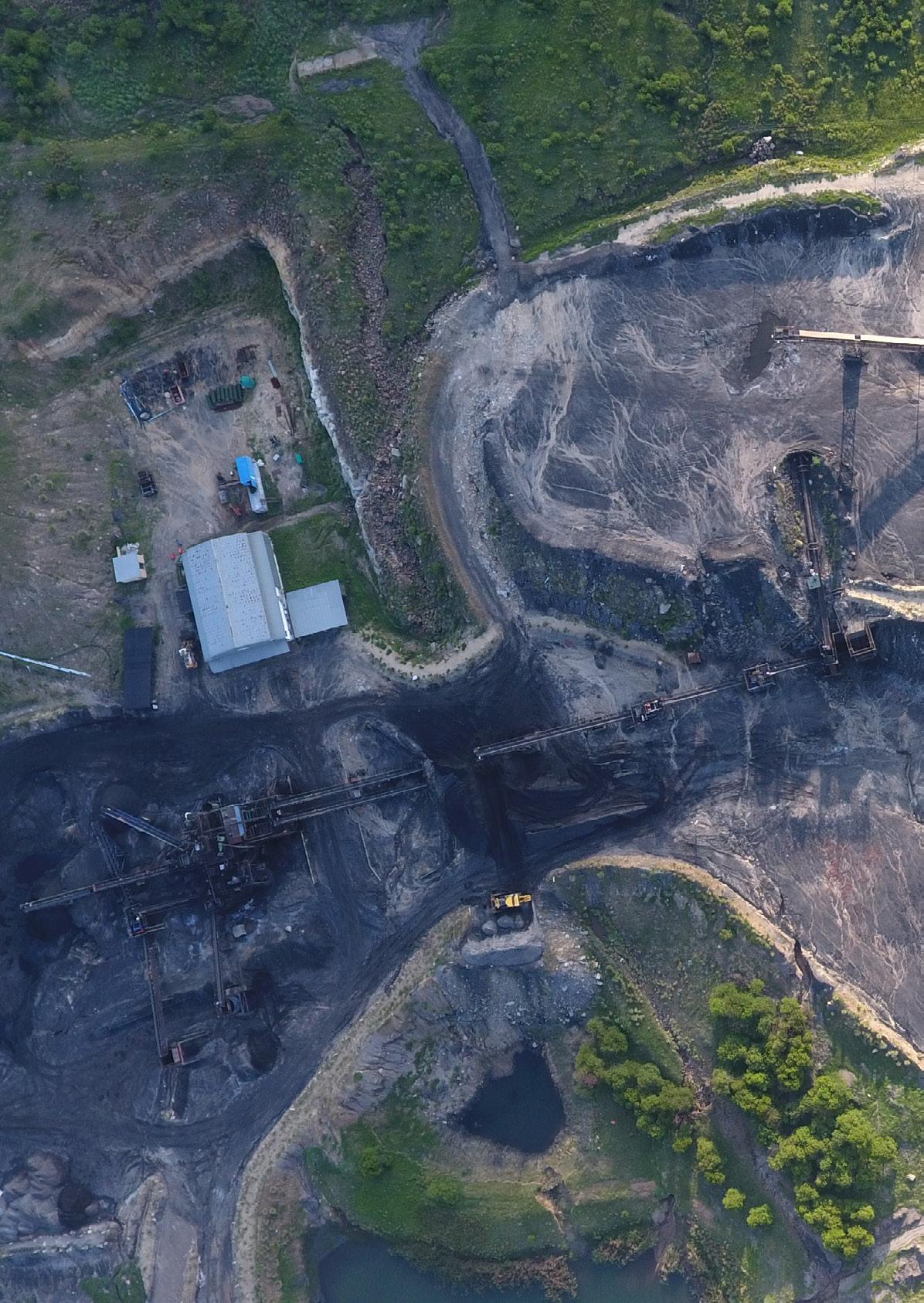
6 minute read
Buffalo Coal

Advertisement
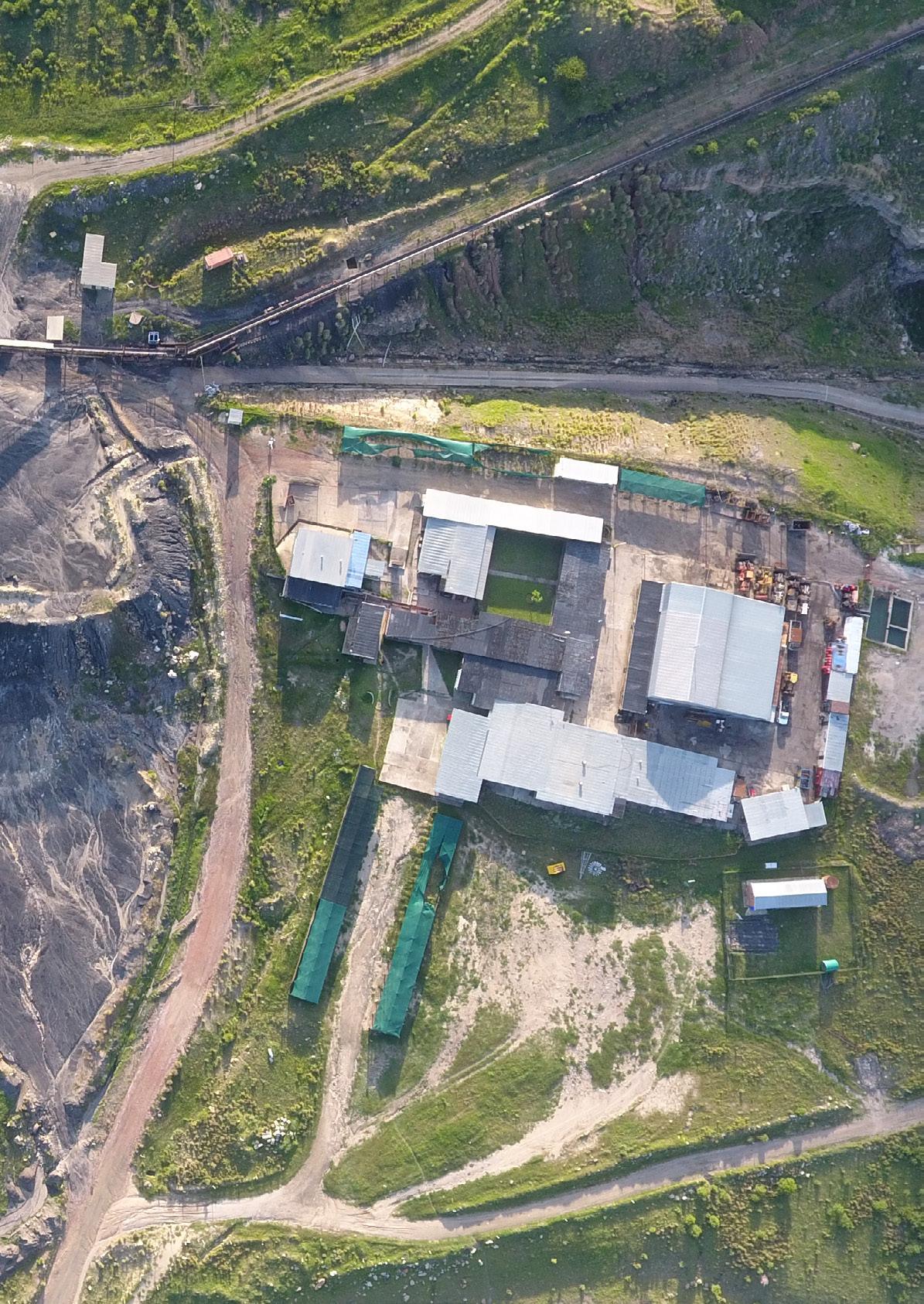

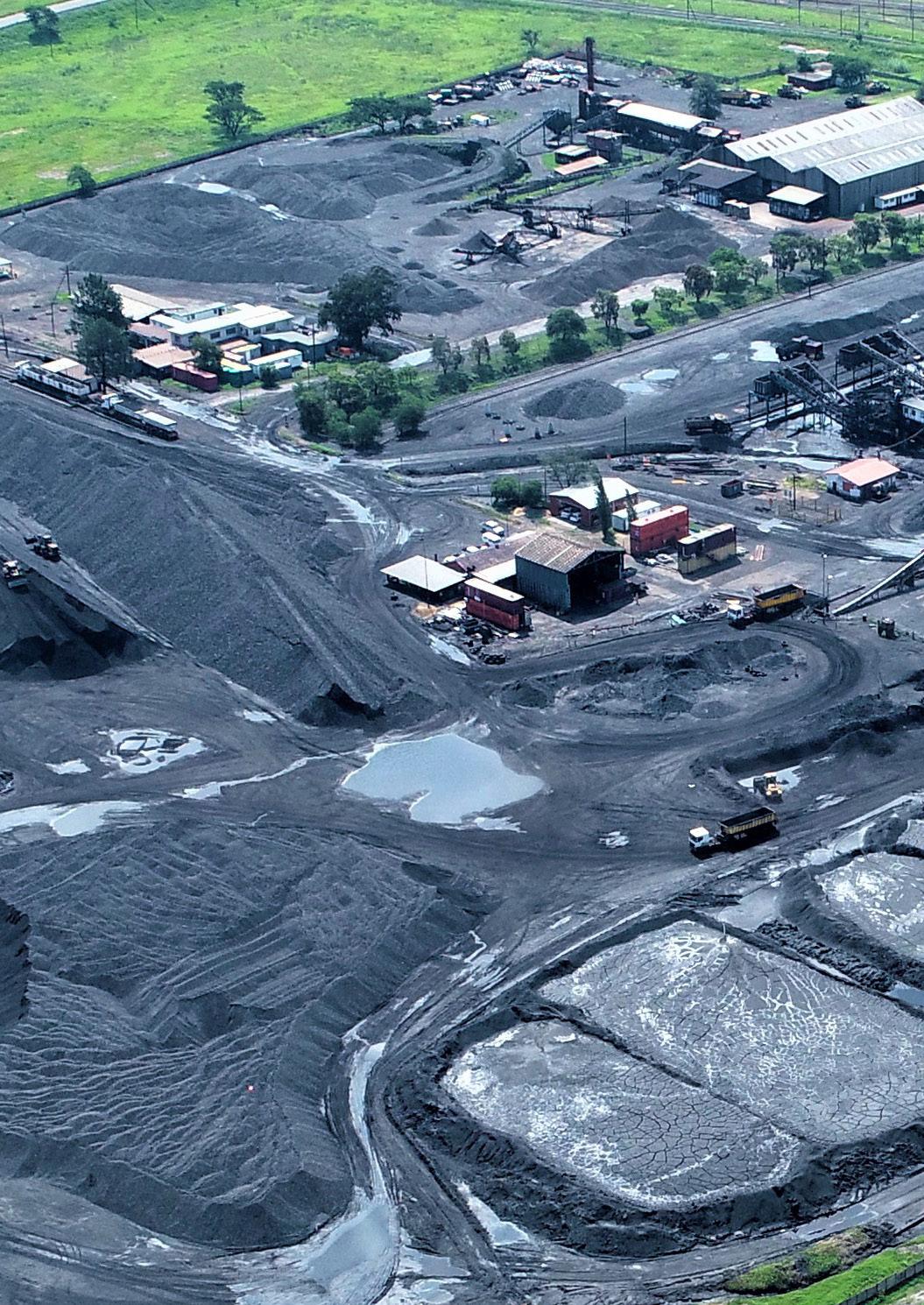

For several years, Buffalo Coal has been a mainstay in the coal mining town of Dundee in KwaZulu-Natal, a province which is home to a large proportion of South Africa’s coal operations. The publicly-listed mining company owns two coal assets in the region – the Aviemore and Magdalena collieries, although the latter has been on care and maintenance since late 2018. One of the company’s two processing plants as well as the discard dump (for both anthracite and bituminous discard) is also located on the Magdalena Property. Situated in close proximity to the Aviemore and Magdalena mines is the Coalfields complex, a multipurpose hub that contains Buffalo’s head offices, one processing plant and a 160,000 tonnes per month capacity rail loading facility. Coalfields also houses a third-party owned calcine plant which is operated by Buffalo to process its calcine product. From Coalfields, Buffalo ships to domestic and export markets a combination of calcine and anthracite. Buffalo also supplied bituminous coal until the recent closure of the Magdalena mine.


“Unfortunately, the Magdalena mine was becoming an uneconomical operation for us and for the mining contractor we had in place,” says Buffalo’s interim CEO Emma Oosthuizen. “In August 2018, they gave notice that they would not renew their contract. As a result, we ceased our bituminous coal production at the end of October 2018.”
While the costs of running the mine had become too large to justify ongoing production at the Magdalena mine, Oosthuizen notes that there were still an
estimated four to five years left of reserves at the point of its closure, leaving the door open for a potential return to mining at Magdalena should Buffalo devise a lower cost mining method.

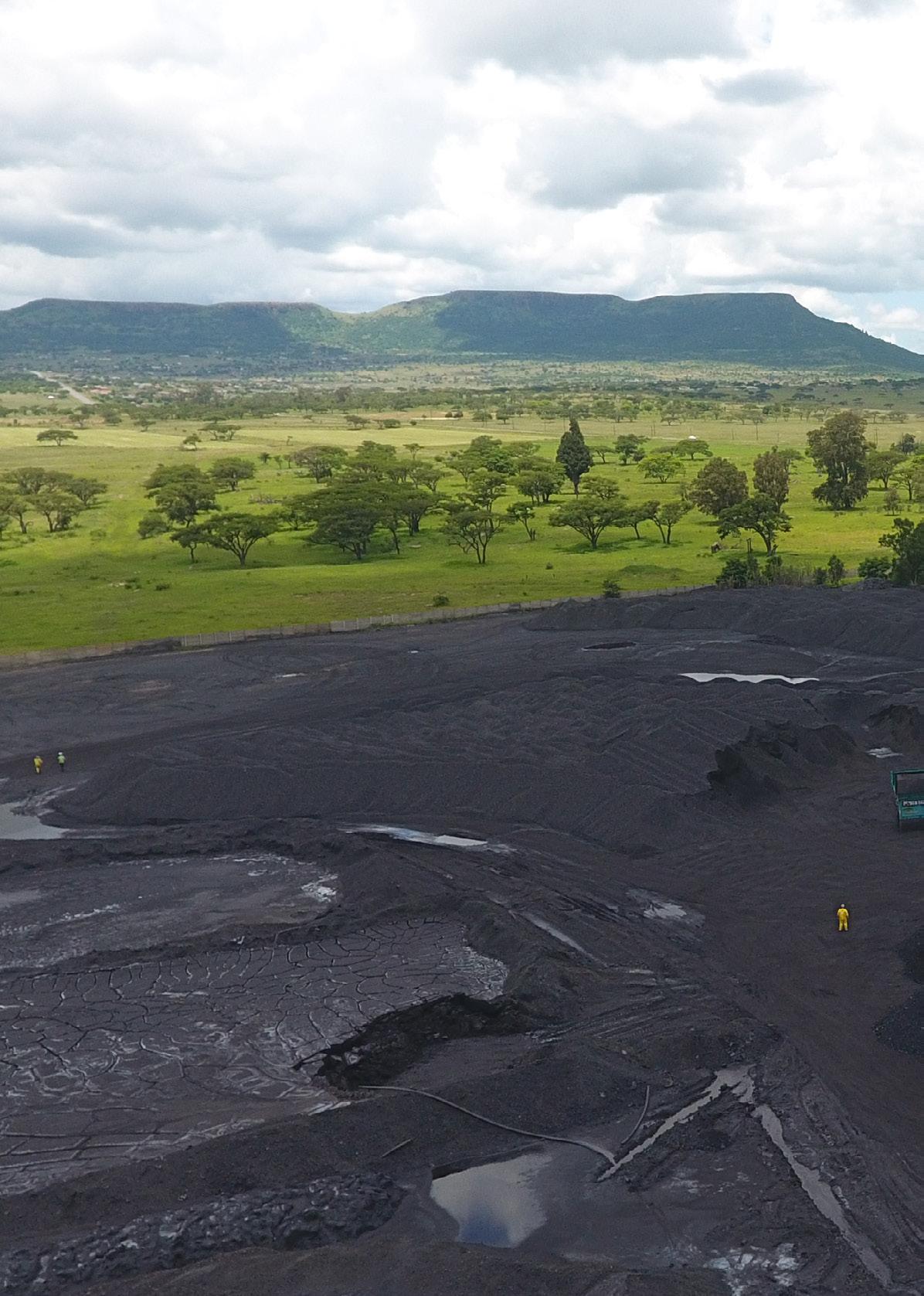
There is also the opportunity for Buffalo to process third party products at the Magdalena processing plant, which must be maintained on an ongoing basis to prevent erosion over time. The company is also looking at selling the Magdalena slurry pond reserves to third parties and leasing the Magdalena adit to a neighbouring mine in the
future, so the 2018 closure is by no means the end of the road for Magdalena.

Anthracite only production However, what the Magdalena closure has done is allow Buffalo to focus wholeheartedly on anthracite production from the Aviemore mine - where the company’s long-term life-ofmine (LoM) exists.
“There are two years left of our current remaining reserves at Aviemore. Then we have the medium-term Balgray project which we hope to start up next year when we scale down from two sections to one section at Aviemore. Balgray can add another five to six years. Finally, there is potential for a longterm project which can add at least another 13 years,” says Oosthuizen.
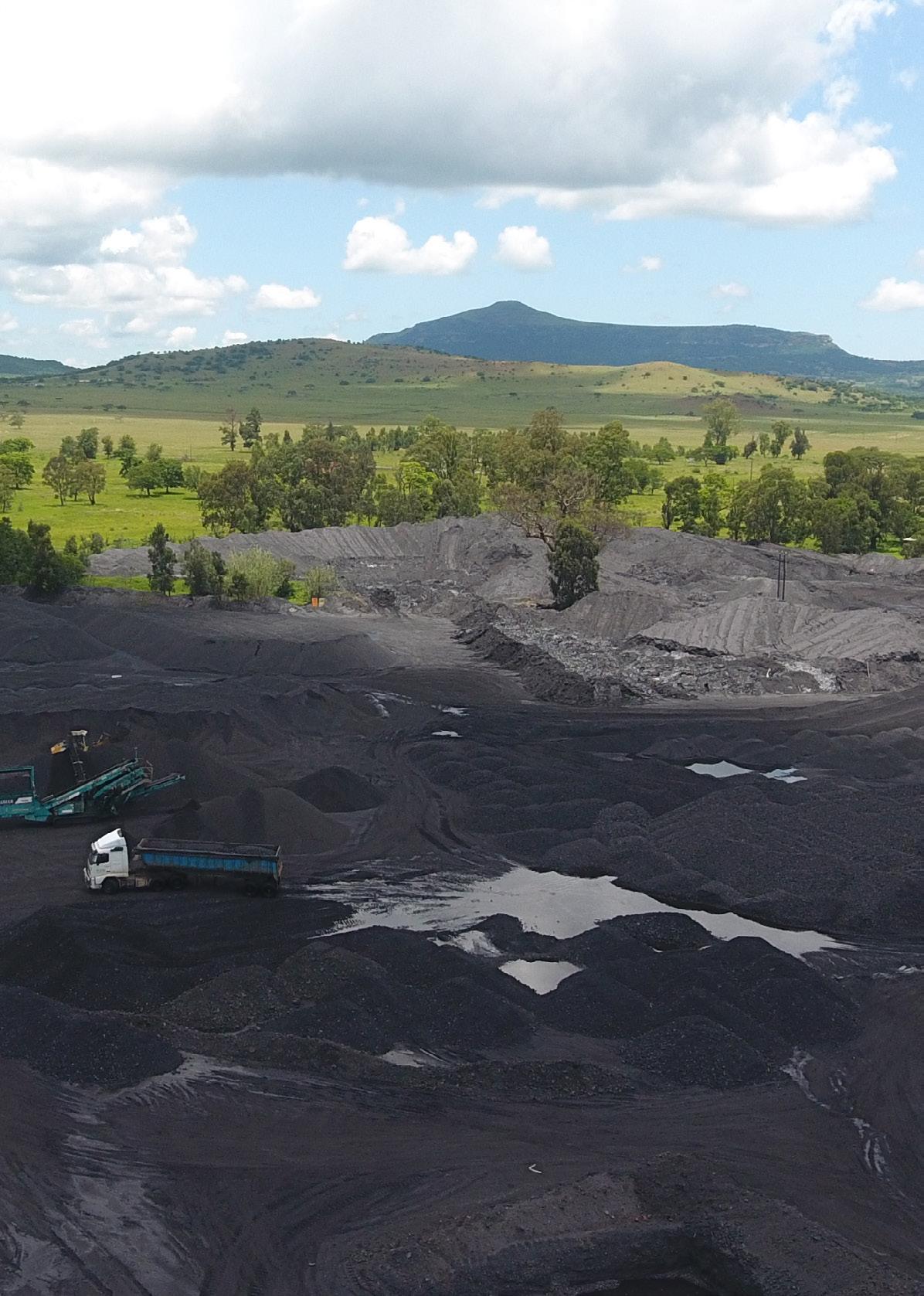
In the short term, Buffalo increased Aviemore’s current reserves via a process called pillar extraction which allowed the company to extend the mine life to Q2 of 2022.
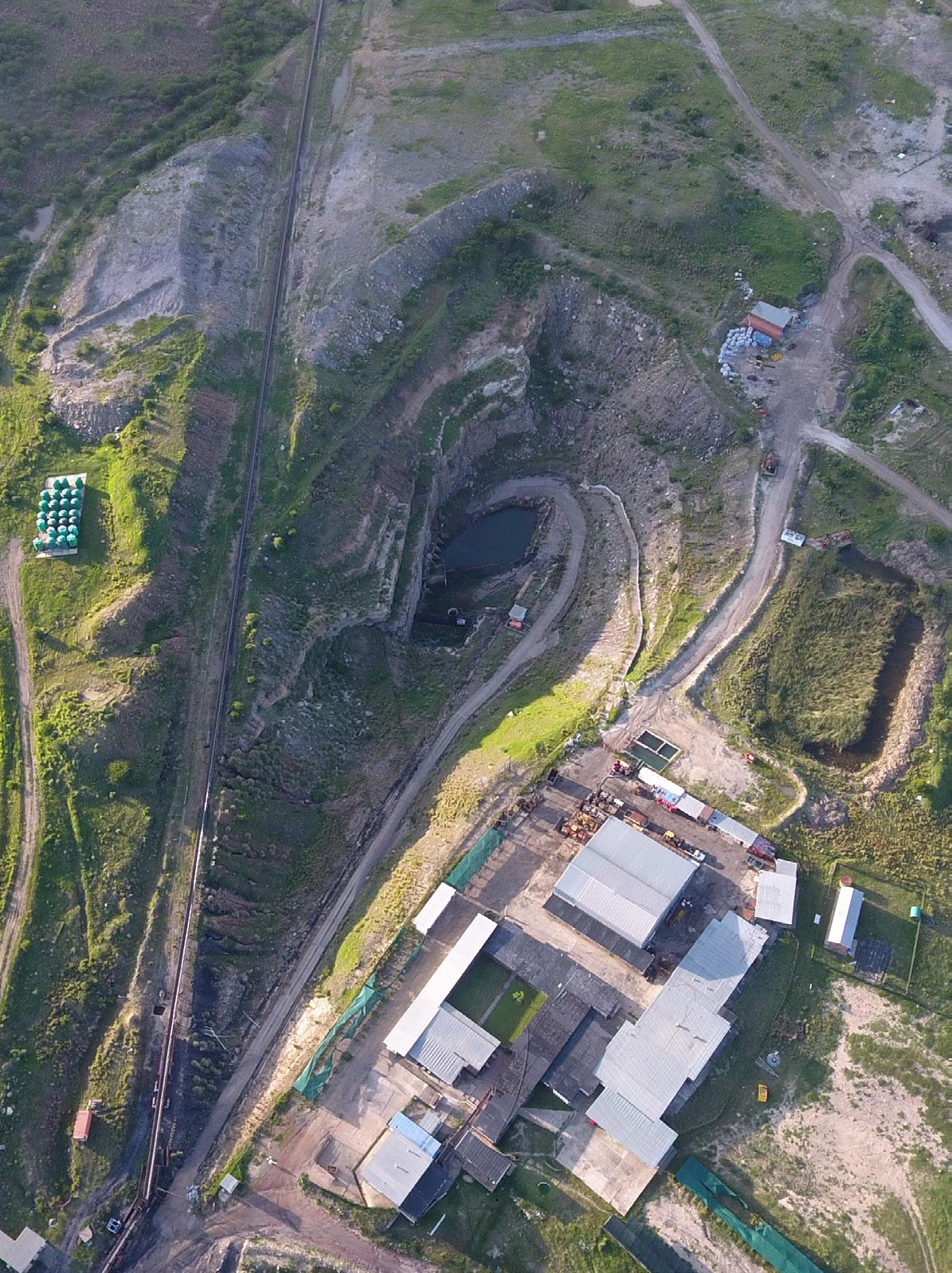

Building towards Balgray As Aviemore’s current remaining reserves are being mined out, with the Q2 2022 deadline fast approaching, Buffalo’s mid-term horizons are centred on commissioning the Balgray project, which involves opening up the old Balgray mine on Mpati hill.

The Balgray mine, previously operated by Anglo American, officially closed down in 1967, but the company believes its revival could add a further five to six years LoM to the Aviemore mine.
Buffalo has commenced preparatory work for the Balgray project and is currently working through the final stages of the vital environmental approvals process, which includes public participation.

“We anticipate that in the next two months we will complete the public participation process and submit all the required environmental approval applications. We expect to have the necessary approvals in place by Q3 of this year. Once we have this environmental approval can we open up the adit again, start construction and get it ready for mining,” says Oosthuizen.
In terms of bringing Balgray into production, Buffalo aims to do this in two stages next year to ensure a smooth transition from the current reserves to the Balgray mine. Buffalo will need to start-up production at Balgray by Q4 in 2021 to continue the company’s current production profile.
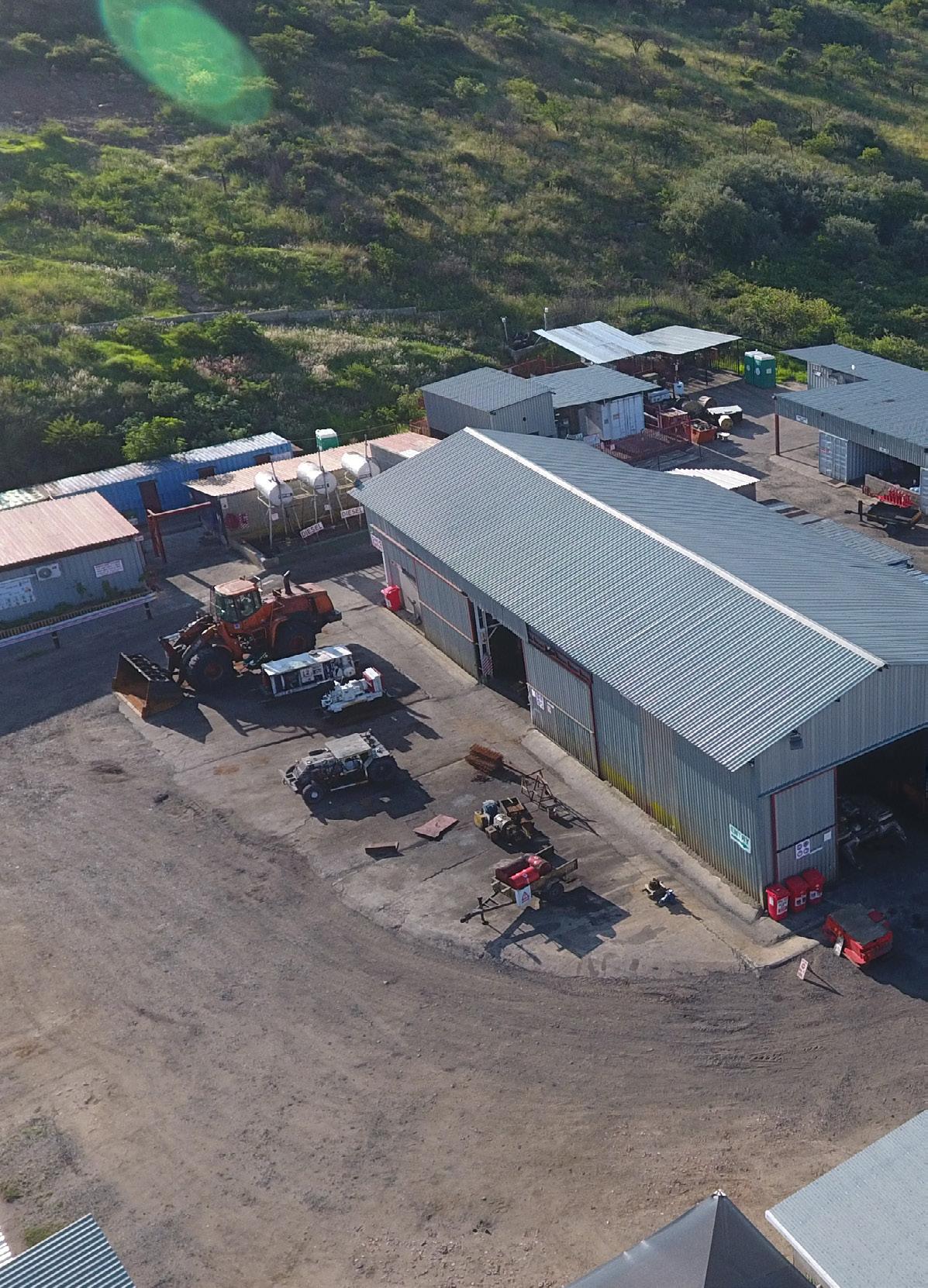

The Aviemore North Adit Balgray also resembles an important stepping stone towards Buffalo’s longer-term plans, as the five to six-year extension to the LoM gives the firm time to pursue its longstanding plans for Aviemore North – a project which involves the build of a new adit at the Aviemore mine.
The addition of the Aviemore North Adit could add between 13 to 15 years of LoM, but at a significant capital cost of around R335 million (US$22 million) – a cost which the company would struggle to muster by its own means.

“Subject to what the market is doing and if it does improve, it may be possible to raise part of the capital requirement for the Aviemore North Adit project on our own, but we will most likely need some form of funding to realise the full project,” says Oosthuizen.
Clearing debts In the meantime, Buffalo remains laser focused on paying down its existing longterm debts that were accrued during the coal price collapse between 2012 and 2016, when the company took a R200 million loan from Investec and a smaller sum from private equity fund Resource Capital Funds.
Following the resignation of former CEO Rowan Karstel in February 2019, Oosthuizen stepped into the role of interim CEO. At that point, Oosthuizen was the CFO of Buffalo – a role she held since October 2018. Based
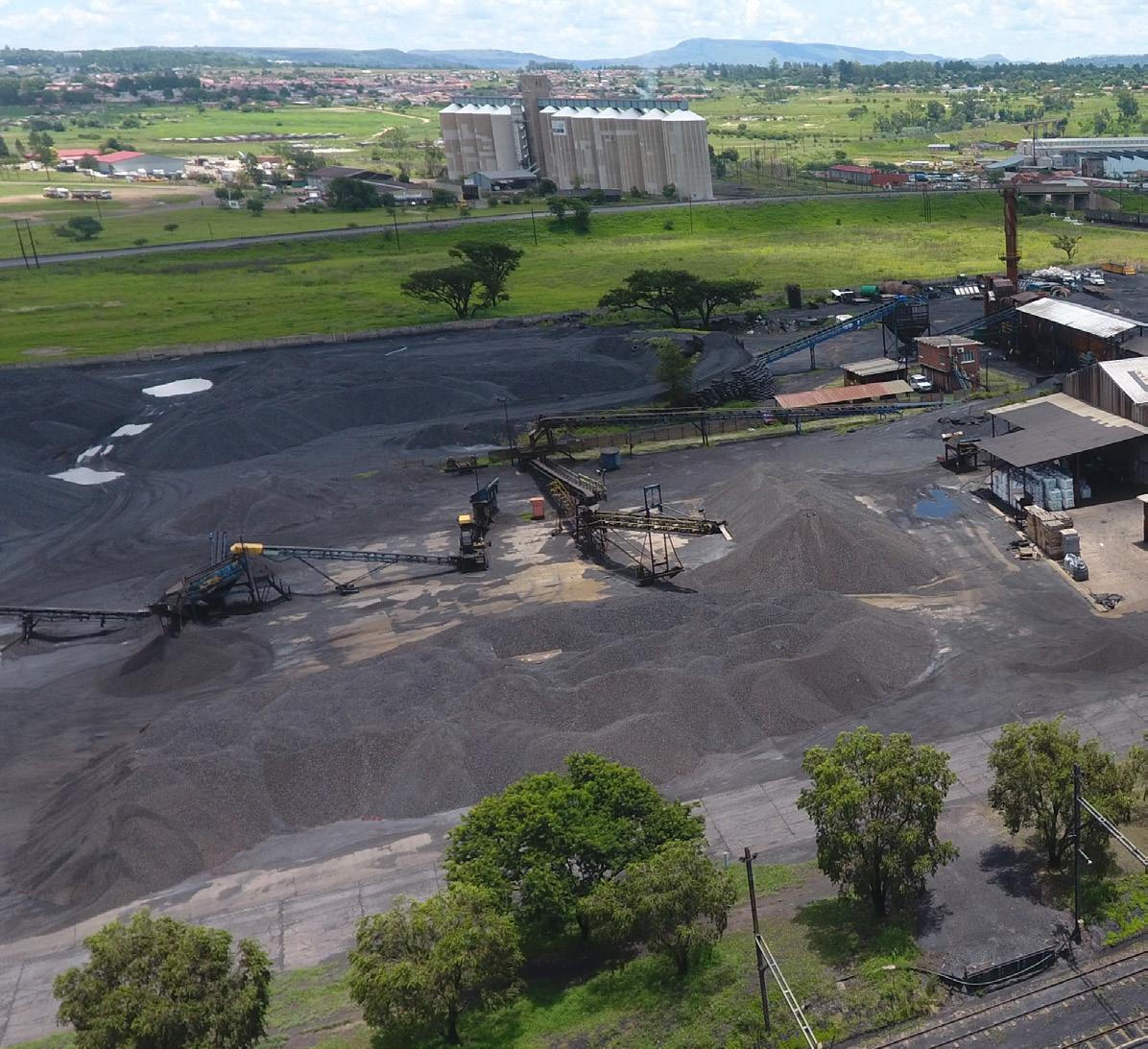

on her impressive track record in finance roles with mining companies, Oosthuizen has been tasked with overseeing the current mining operations with the primary focus on Buffalo’s debt repayment strategy.
“Having said that, we are also putting in place plans to extend Buffalo’s overall LoM, so the sooner we settle our debts, the sooner we can commence construction of our Balgray project.” she adds.
“The plan is to settle our outstanding debt this year. Once we’ve done that it will allow us to operate more freely. Our main priority is to maximise our cash flow so we can pay off our debts as quickly as possible. Building blocks to the future The Balgray project and Aviemore North adit resemble the building blocks of Buffalo’s long-term future in Dundee – a town that

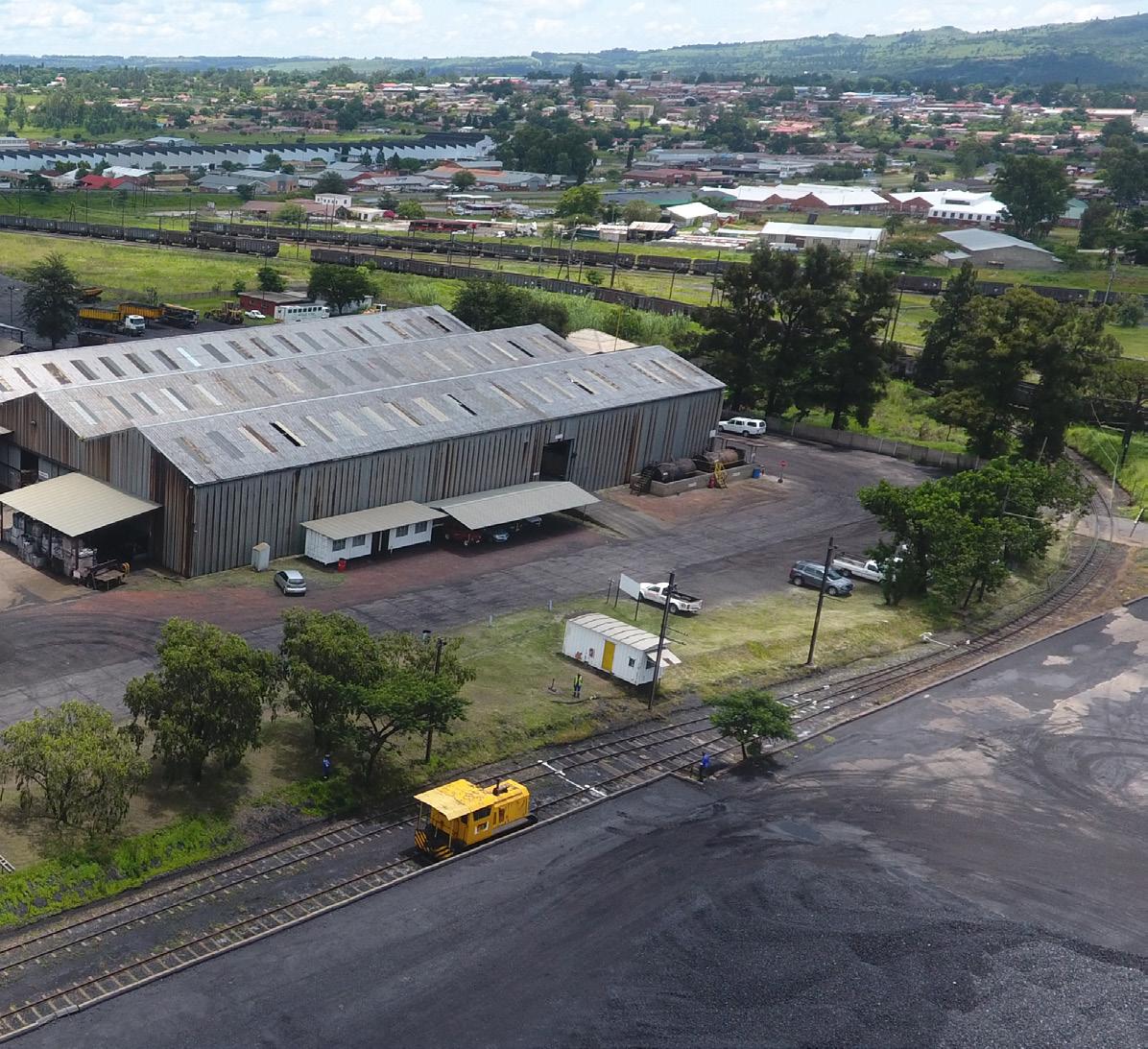
is reliant on the coal industry and has seen its economy damaged and jobs lost from previous mine closures and downscaling of operations in other key industries.
In order to deliver the economic stimulus of extending Aviemore’s mine life to the town

of Dundee, Buffalo must continue to focus on financial prudence while progressing its medium and long-term targets at Aviemore.
TSXV:BUF JSE:BUC










